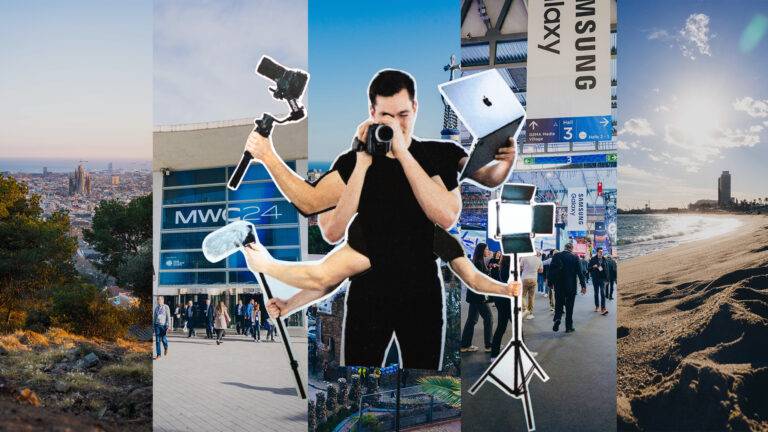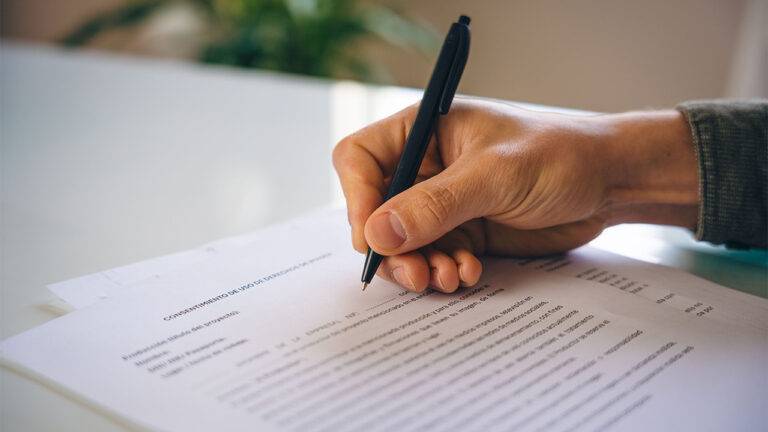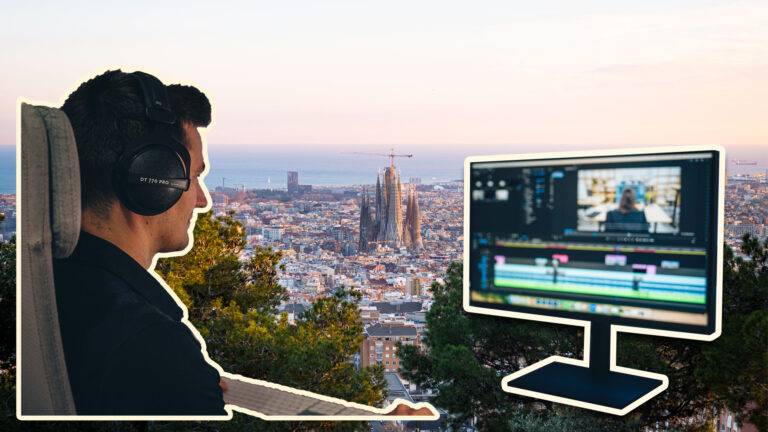
What are the Big Steps involved in a livestream?
I had a chat with Matthew Migliazza, a “Livestream Expert”. He worked for a broadcast company and now, among other things, continues to produce professional grade livestreams.
For him, the main things you should think about are:
– a good video signal
– a good audio signal
– a good internet connection
Especially with the pandemic, live content have taken on an important role.
Social Media channels are pushing this feature and the area of application is gigantic, Webinar, Q&A, Product Launch, Interview…
Why Livestreaming?
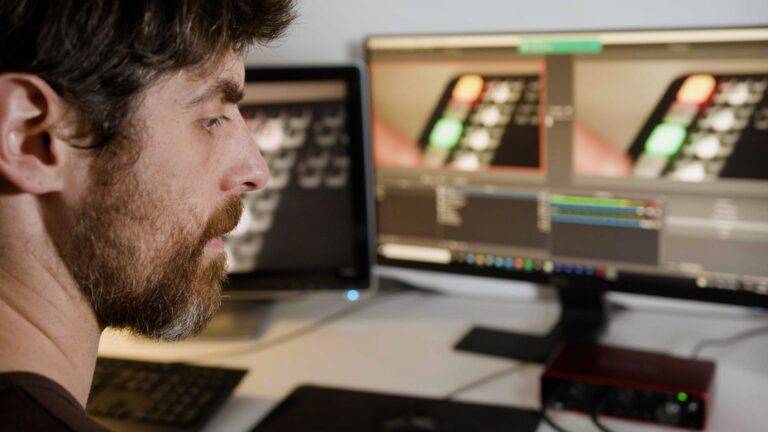
“Once the pandemic started really, it was the only option and, that’s what really put me full steam into it. I had a bit of experience working for a broadcast company before, so I saw how it worked on a really high level. Then through my job running this college radio station, usually doing events, we had to find an alternative method, and this really opened my eyes to this world and the possibilities of streaming.
I think, people had to do it and from now a lot of smaller companies and a lot of independent companies are doing it.
There’s a lot of ways that can be used, especially with hybrid events, to really help companies get their message out and to let more people know what they’re doing. It’s just an all-access pass to the world, really.
I’ve seen, companies launching new products or having discussions, inviting industry professionals. You can also have a live audience there. There are ways you can have interactive experiences with people online – through the chats or breakout rooms and stuff like this. And when you deliver it at a professional grade, it really can help people get on board an participate to the event.”
The big steps involved in a Livestream
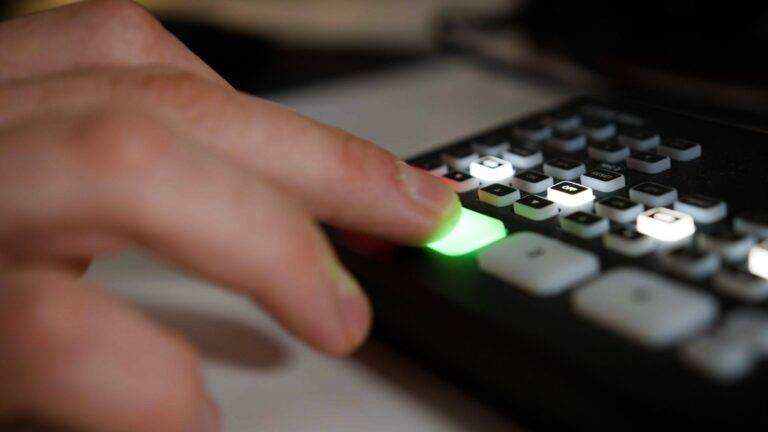
“It’s a funny thing, because it can be super easy, and it can also be super complicated. It depends on what you exactly want to do.
Boiling it down to the most basic thing, you need of course audio and video. This can be as simple as your laptop mic with the webcam, and you just click go live. This can also be multiple cameras with switchers, several microphones from a mixing table…
Then the main software people to process these audio and video signals is OBS, which stands for open broadcast software. It’s a completely free software. You can do all kinds of things, adding texts, visuals, lower thirds, cut scenes and do different effects with sweeping and you can also control your audio and video input.
From OBS, you need to decide where you’re going to stream it to whether it’s YouTube or Facebook, you can also connect it to zoom.
And then another important thing is strong, stable, fast internet connection. When you’re streaming, it’s always advisable to use a hardwire ethernet connection. This always gives you maximum speed and stays very stable. If you Google speed test, you can check your speeds. I’d say a minimum of 10 megabytes upload is safe depending on your settings. The higher the quality, the more information are being sent, the faster the connection you need.”
What to be careful about
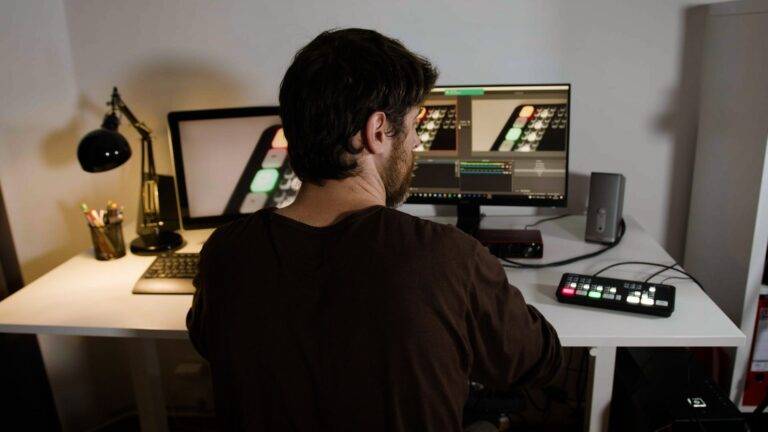
“You already touched on one point to be careful about doing a livestream, which is a good internet connection. Do you have other things to look out for?”
“The most important part is the preparation. You want to have everything super clear. You want to have all the necessary graphics, all the names, all the necessary texts. If you’re posting something on Facebook or YouTube, you need to have the post ready, the description.
Getting a good show flow enables you to know what’s coming after what, so there’s no scrambling live stream. And allowing enough time to set up. I always aim to be fully set and ready with one hour before going live.
If you’re streaming for someone and it’ll be on their YouTube account or their Facebook, you would get the logging information from them. The client can always make a temporary password, something they can change afterwards.”
Is it expensive to do it yourself?
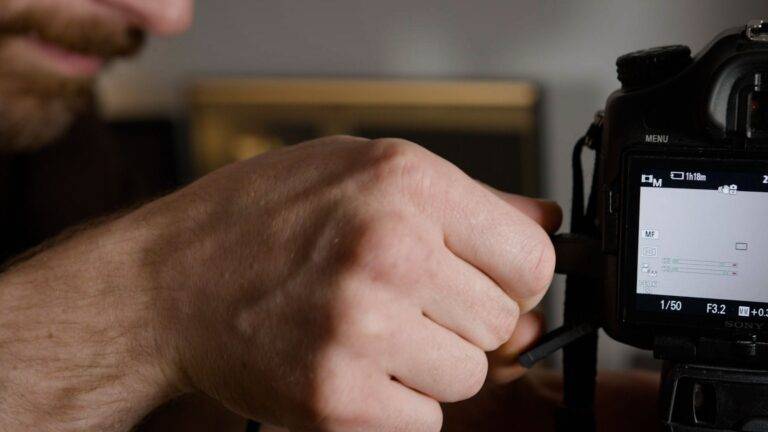
“You can get a capture card, a decent camera, audio source – you can get started for 1000-1500 euros maybe. It’s really not that difficult. There are tons of tutorials online to learn how to operate OBS on a very basic level, even advanced levels
When you start getting to more complicated setups, when you’re looking at multiple camera angles and hybrid sessions where you have people in the room and all audio going in different directions, it does get quite difficult. At this point it’s probably best to consult a professional.
Again, with streaming it can go from free to not so expensive to wildly expensive. My advice is just to get started, if you’re a company start small, try a couple of things, and then just build on it.
So, yeah, Let’s click on this “Go Live button”!”
SHARE THIS POST

